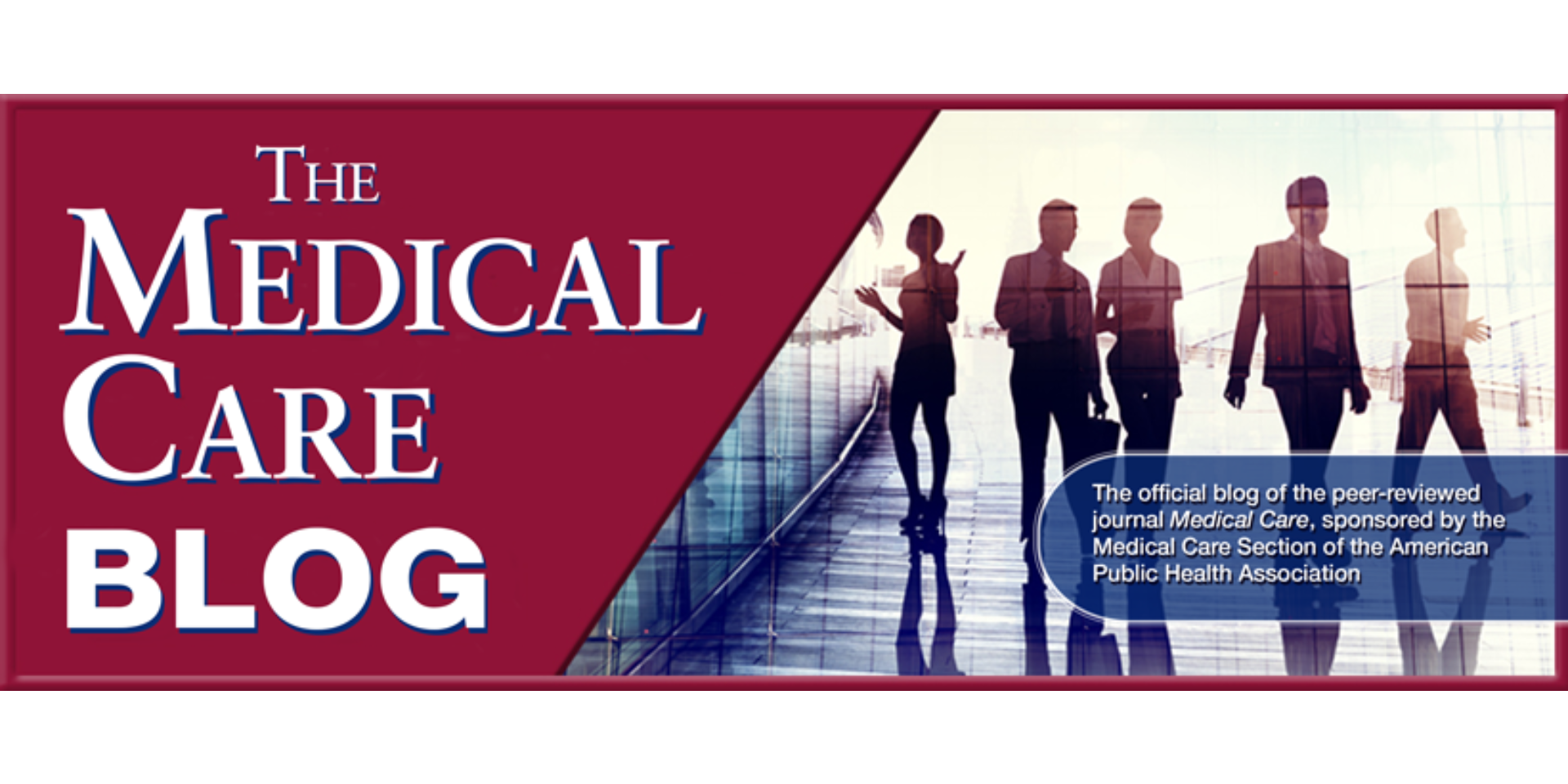 This month, the website www.ACEsAware.org is set to launch. It will train healthcare workers to screen for Adverse Childhood Experiences (known as ACEs) in primary care clinics, but is that scope too narrow? Should school workers be included too?
This month, the website www.ACEsAware.org is set to launch. It will train healthcare workers to screen for Adverse Childhood Experiences (known as ACEs) in primary care clinics, but is that scope too narrow? Should school workers be included too?
The website is part of the work of Dr. Nadine Burke Harris in her new role as the first ever Surgeon General of the state of California. Dr. Burke Harris is a pediatrician from the San Francisco area who has been at the forefront of the conversation on ACEs. She has given a TED talk on the topic, written a book titled The Deepest Well, and recently testified before the House Committee on Education and Labor.
The origins of ACEs research
In case you’re not familiar, the original ACE study was published 20 years ago by Dr. Vincent Felitti with Kaiser Permanente in San Diego and Dr. Robert Anda with the Centers for Disease Control and Prevention (CDC). ACEs encompass ten childhood stressors that fit within the buckets of neglect, abuse and household dysfunction (e.g. parental incarceration, substance abuse, or mental health issues). These stressors are also associated with poor health outcomes.
The early ACEs work advanced our thinking because it helped us understand the cumulative impact of these risk factors. For example, people who experience four or more ACEs in childhood are twice as likely to have diabetes, three times as likely to have heart disease and four times as likely to have chronic lung disease as adults. Furthermore, kids who experience multiple ACEs are more likely to exhibit behavioral concerns and learning problems in school.
The bear in the living room
You might be wondering why ACEs have such powerful health implications. Whereas acute stress causes the classic fight-or-flight response, ACEs are believed to be a form of chronic stress in childhood (also known as “toxic stress”). That stress changes a person’s brain chemistry to put them at a higher risk of these adult diseases. It’s one thing to see a bear and run away from it. It’s another for that bear to be in your home with you with no escape.
Screening for ACEs and building resilient children may become the public health issue of our time. In fact, the CDC reported this week that ACEs are associated with five of the top 10 leading causes of death. But how practical is screening going to be in a physician’s office? Delivering the existing recommended screenings, anticipatory guidance and full physical exam in a 15 or 20-minute visit (while maintaining a human touch) is already a struggle. One study has shown that as many as a third of pediatric preventive visits are 10 minutes or less.
ACEs questions are also extremely sensitive. Building that patient-provider relationship up to where families feel comfortable divulging trauma such as child abuse can be forseeably difficult and require a lot of time.
Strengthening the link between primary care and primary education
We know that ACEs impact children’s health and their ability to learn. So why should these two realms–health and education–continue to exist in silos when they are so intertwined? Both systems could benefit from understanding the ACEs experienced by the children they serve.
Granted, sending questions home from either doctors’ offices or schools with no warning to parents doesn’t sound like the smartest idea. It could easily spark fears about child protective services calls and potentially miss those with the highest needs. If coupled with a public education campaign (e.g. websites, radio ads, billboards), however, maybe some collaborative model of screening in clinics and schools could be effective.
School-based health centers, of which there are more than 2,500 nationwide, might be the perfect setting to start this collaborative work. We already know school-based health clinics have many benefits, including improved school attendance and reduced healthcare expenditures. Having a medical clinic on the campus of a school, equipped with the proper nursing staff, social workers, and mental health professionals working with teachers and school administrators might have sufficient trust, respect and time to lead universal screening for ACEs.
Some promising examples for ACEs partnerships with schools
I recently attended the American Academy of Pediatrics’ National Conference and Exhibition, where a group from Texas presented a study asking families where they felt comfortable being asked questions about social determinants of health. About 73% of families mentioned clinics, 54% mentioned schools and 58% mentioned religious institutions.
Over the last couple years, I have also been working on a program to screen families for social determinants of health (including a couple ACEs) through Kindergarten entry packets. This project involves the Healthy Start program of Los Angeles Unified School District, which helps connect families to community services such as healthcare access or legal services. We’ve thus far piloted the program in two schools with much success. In focus groups and post-screening surveys, 72% of parents felt comfortable with the school asking these questions and 100% felt comfortable with the privacy process.
The new ACEsAware.org website (once launched) will be the first step of a long journey to get all parties–physicians, support staff and parents–comfortable with ACEs screening. Schools, like physician offices, are trusted resources for families. Because ACEs impact not only a child’s health, but also their ability to learn, schools may be the perfect partner to screen more families. As ACEs training and screening rolls out in California, it will be important to monitor whether (and in what settings) we are effective at identifying those bears in the house and start addressing them.
Editor’s note: The school health series continues with a look at concussions in school sports and the battle over scope-of-practice for school athletic trainers. You can also read the introduction to the school health series here.

